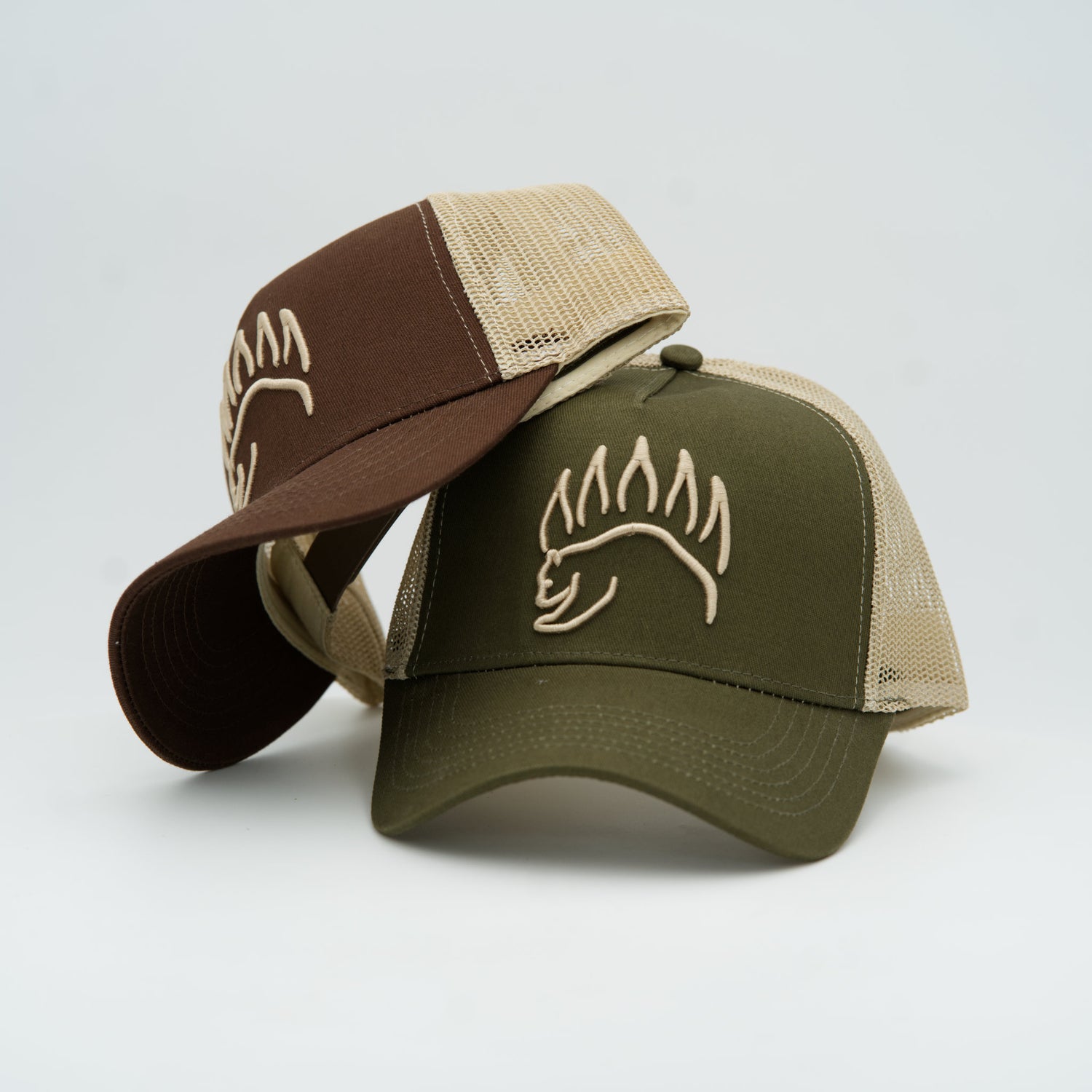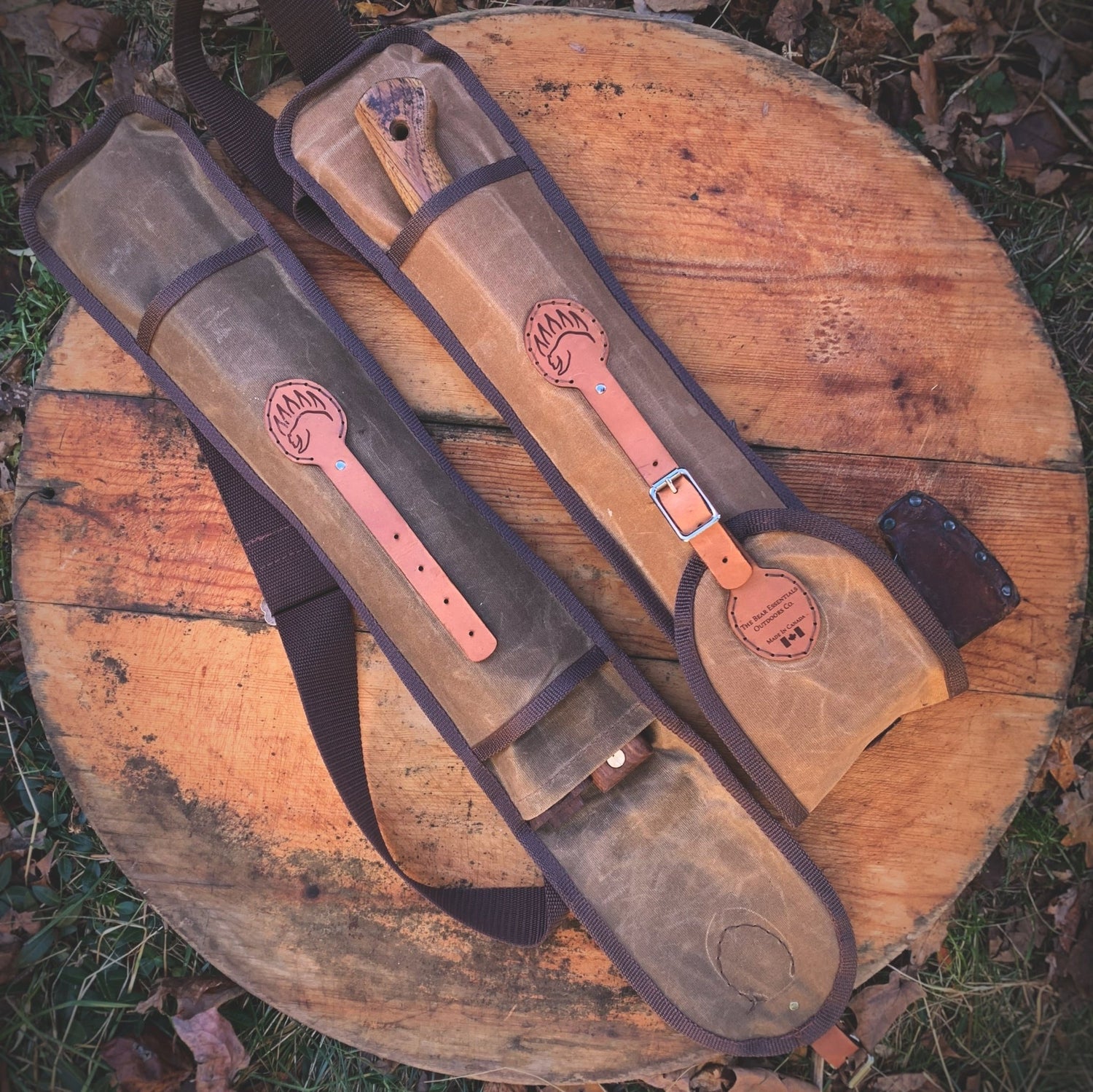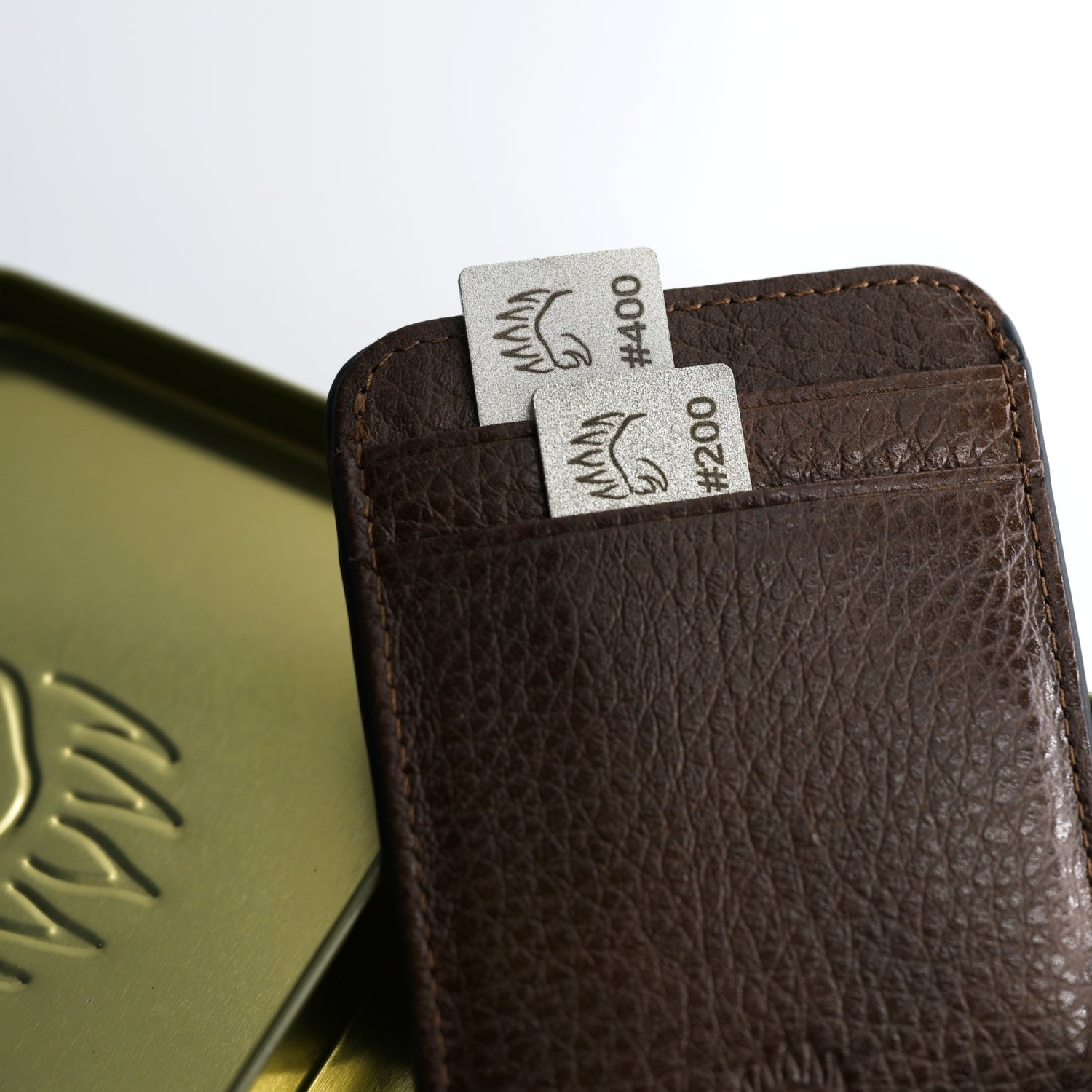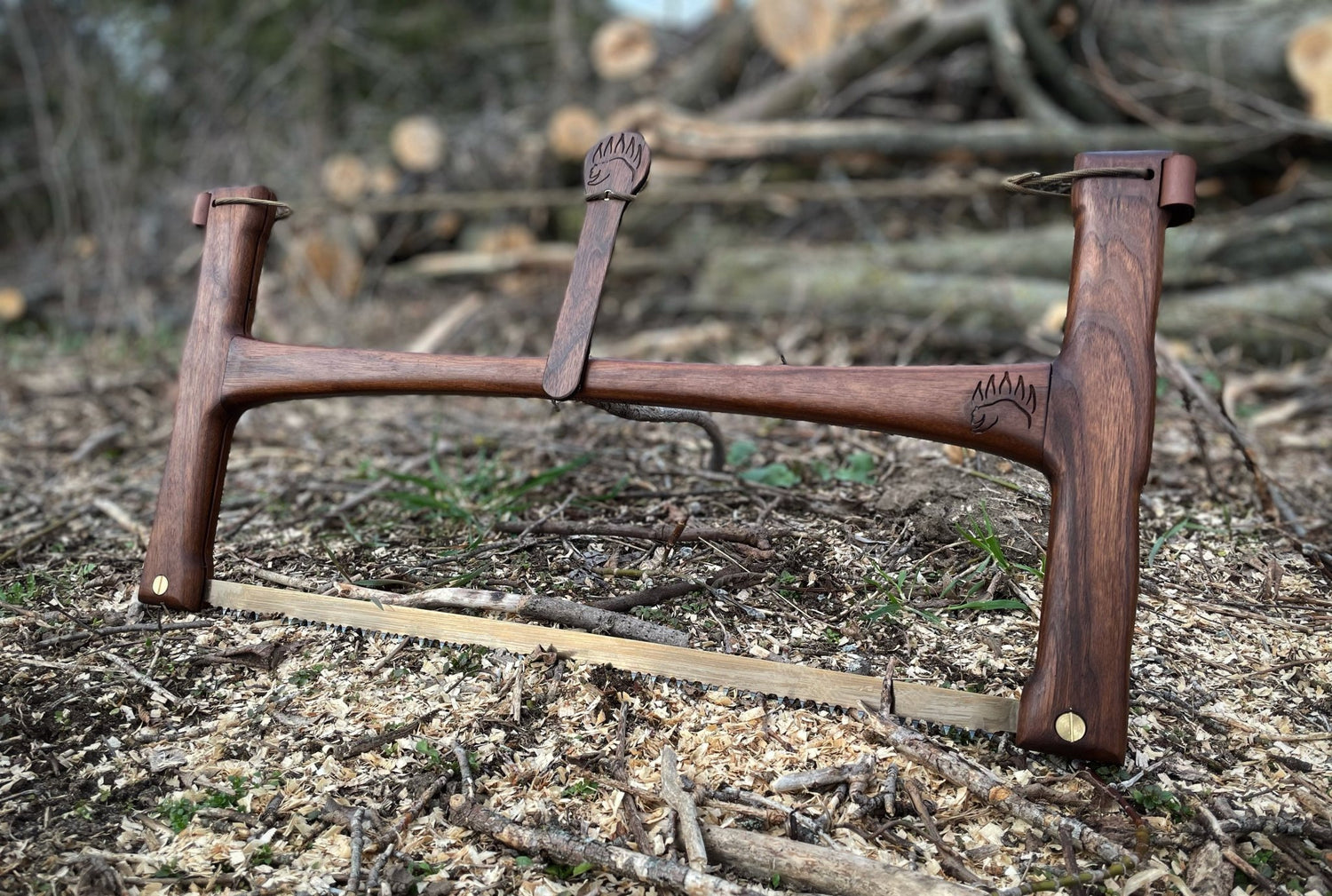You don’t need to know hundreds of knots to get by on the day to day, but here’s ten of the most useful knots to know that will help you tame tarps, lash loads, fix gear, and make daily chores just a little bit easier.
In this practical, no-fluff guide I’ll show you my 10 most useful knots, why they beat the alternatives, and how to use them.
We’ll touch on how to tie them, how to use them, and provide a couple tips so that you can tie them tonight and trust them tomorrow.
Why These 10 Most Useful Knots
Because they check the boxes that matter: quick to learn, hold under load, adjust cleanly, and release without a fistfight when you need them to.
You’ll also see where each knot sits in the family tree—so you know when to swap to a variant like a trucker’s hitch, tensionless hitch, rolling hitch, prusik knot loop, or alpine butterfly knot.
I’ll provide some insight on troubleshooting when a common method fails in wet, slick, or synthetic cord.
My 10 Most Useful Knots In No Particular Order
1. Falconer’s Knot (one-hand, quick-release)
Use it for: One-hand tie-offs when the other hand is busy—a quick and easy way to tie off a dog's leash to a post or securing a ridgeline while the other hand is holding the rest of your rope. (Or securing a falcon if you’re cool like that.)
Why it works: Designed so a falconer could secure a bird to a perch with one hand, it grips firmly and pops free as a quick release knot with one pull.
If you’ve ever wished for an easy release knot while juggling bags and gloves, this is it.
How to tie (one-hand flow):
- Make a loop around the post.
- With the free hand, twist the standing part into a loop.
- Pass a bight of the working end through that loop.
-
Snug; the bight becomes your release tab.
Pro tips:
- Always leave a visible release bight.
-
For slick cord, pinch the standing part as you snug to “set” the collar.
Why it makes the 10 most useful knots list: It’s the only reliable one-hand, instantly reversible hitch I use daily.
2. Bag Slip Knot (fast open/close for sacks and cords)

Use it for: Trash bags, dry bags, garden sacks—anything you’ll reopen.
It’s essentially a slip knot you can teach the whole house.
Why it works: It’s a simple overhand knot tied with a bight (loop) instead of the end.
Cinches tight, opens with one tug—great as a quick release knot for restraint of cords, not people.
How to tie:
- Make an overhand knot, but feed a bight through instead of the tail.
-
Slide the knot down to cinch; pull the bight to release.
Pro tips:
- Tighten by sliding the knot, not yanking the loop—cleaner seat, easier release.
-
For heavier fabric necks, add a backup half-hitch over the bight.
3. Slipped Constrictor Knot (high-grip binder + release)

Use it for: Clamping lids and liners, taming rope ends before whipping, binding bundled poles.
It’s the constrictor knot you can actually untie—aka constrictor hitch with a slipped finish.
Why it works: The constrictor is a notorious “don’t-let-go” binder.
The slipped finish creates a pull tab so you keep the bite but regain an exit.
How to tie (fast):
- Wrap the object twice with the working end crossing over itself.
- Tuck a bight under the crossover (instead of the tail).
-
Haul hard. To open, yank the bight.
Pro tip: On slick vinyl or PVC, add a second wrap before the tuck.
4. Zip-Tie Knot (Jam Hitch) + Continuous Jam Hitch

Use it for: A reusable stand-in for plastic ties on cords, fabric rolls, tool loops, tomato stakes—your durable zip tie knot.
It’s a friction hitch tuned to resist outward load.
Why it works: Think reverse taut line hitch knot: arrange the wraps so load makes the hitch jam tighter (like a real zip tie), yet you can still slide it when slack.
How to tie (single):
- Around the bundle, make two wraps on the “outside” of the standing part.
- Add one wrap on the “inside.”
-
Dress tight; slide to snug; load to lock.
Continuous version: Chain multiple loops along a rail: alternate the inside/outside wrap orientation every other hitch so pulling one loop doesn’t collapse its neighbor.
When I use it over a cord lock: Everyday bundles that need an adjustable knot without plastic waste.
5. Span Loop Knot (fast, non-jamming midline loop)

Use it for: Instant mid-rope handles, pot hooks on a ridgeline, ladder rungs, temporary attachment points—where you might consider an alpine butterfly knot but want a quicker tie and easier release.
Why it works: It’s a non-jamming midline loop.
Loads strongly either direction, and “pops” free by pressing the back collar.
Faster than many midline options.
How to tie:
- Twist a small loop in the standing part (like starting a figure-eight).
- Fold a second loop over the first to create a collar.
-
Pull a bight of standing line through for the loop; dress tight.
Span loop vs alpine butterfly knot: The butterfly is the gold standard under heavy, multi-direction pulls; the span loop knot wins for speed when loads are light-to-moderate and you’ll retie often.
6. Trucker’s Hitch (2:1 power—tarp and tie-down king)

Use it for: Tensioning tarps, tying canoes/kayaks, roof-rack loads—any time you want a mini-pulley in rope.
Known as the trucker’s hitch, trucker hitch knot, or lorryman’s hitch.
Why it works: A midline loop (span loop or butterfly) acts as a pulley.
Run the working end through and back to create 2:1 to near-3:1 mechanical advantage.
Finish with two half hitches or a slipped lock.
Trucker’s knot step by step (span-loop version):
- Anchor the standing end to Point A (round turn + half-hitch).
- A few feet downline, tie a span loop (pulley).
- Run the working end through Point B, back through the loop.
- Haul tight.
-
Lock with two half hitches around the standing part.
Need more bite?
For slick cord or long spans, run the line twice through the loop (double trucker’s hitch) before you tie off.
For speed, finish with a quick release trucker’s hitch (slip the last half-hitch).
That’s your trucker’s hitch quick release that dumps tension in rain or with gloves on.
When to use the lorryman’s variant: Same idea, different loop form; pick the one you tie cleanest.
Clean beats fancy every time.
7. Tensionless Hitch (maximum-strength anchor wrap)

Use it for: Anchoring to trees, posts, big rails—whenever you want near-full rope strength and no hard bends.
Perfect for hammocks, slacklines, and rescue-style anchors.
Why it works: Multiple wraps around a large-diameter anchor create friction that bears the load.
The final connection back to the standing part stays nearly tensionless, avoiding the strength loss that tight bends cause.
How to tie:
- Take 3–6 wraps around the anchor (more on slick bark).
- Clip or tie the working end back to the standing part (carabiner or re-woven overhand).
-
Test: under expected load the tail should stay slack; if not, add wraps.
Pro tips:
- Bigger anchor = better efficiency.
-
Wet/slick cord? Add a wrap before blaming the knot.
8. Four-Legged Barrel Hitch (upright lifts for buckets and planters)
Use it for: Carrying handle-less containers (buckets, jars), hanging planters that stay level—classic rigging with everyday payoff.

Also known simply as barrel hitch when rigged for two legs; this four-legged version seats straighter.
Why it works: The pattern forms a supportive sling that cradles the vessel and creates balanced legs for an upright lift.
No more tipping soil or sloshing water.
How to tie (simplified flow):
- Lay cord under the barrel/jar.
- Cross ends up and over to make an “X” on top.
- Bring ends down opposite sides and under, forming four legs.
- Tie the ends together above the center of mass (square knot or overhand on a bight).
-
Test by lifting slightly; adjust until the load hangs plumb.
Pro tip: Center your crossing point exactly over the load’s center; adjust by sliding the sling before you lift high.
9. Taut-Line / Midshipman’s Hitch (adjustable guyline workhorse)
Use it for: Clotheslines, tent guylines, tarp corners—any adjustable knot job that must slide when slack and hold when loaded.
The midshipman’s hitch adds a locking turn for shock-load security.
Why it works: It’s a friction hitch around its own standing part. Dress it neatly and it grips like a cam cleat.

- Wrap the working end twice toward the load around the standing part.
- Wrap once away from the load.
-
Dress the coils tight, inline, and compact.

When to pick midshipman’s hitch: Add an extra turn inside the pair toward the load. More bite, less creep in gusty wind.
Pro tips:
- Sloppy coils slip. Make them neat and parallel.
-
UHMWPE/Dyneema cords are slick—use a prusik or hardware there.
10. Rolling Hitch & Prusik Knot Loop (friction that grabs a rope)
Use it for: Side-pulling a rope, adding a “brake” to a tensioned line, or creating a climbing/haul prusik knot loop that bites another rope.
These are your classic “rope-on-rope” grabbers.
Rolling Hitch (aka Magnus variation)

Why it works: The wraps bias toward the pull direction so the hitch grabs the host rope under tension and slides when slack.
How to tie:
- Two turns toward the load around the host rope.
- One turn away from the load.
- Dress tight, inline with the pull.
Use cases: Adding a directional take-off to a ridgeline, easing a trapped knot, side-loading a mooring line.
Prusik Knot Loop

Why it works: A closed loop with even wraps that bite a larger-diameter rope. Slides when you push, locks when you load.
How to tie (3-wrap standard):
- Make a short loop of smaller cord (join ends with a double fisherman’s).
- Wrap the loop around the host rope three times, feeding the loop back through itself each wrap.
-
Dress so the wraps sit flat and parallel.
Use cases: Emergency ascenders, tarp sliders on ridgelines (with different cord diameters), backup to a rappel.
If it slips on a slick line, add a wrap (4-wrap prusik) or switch to a Klemheist.
Locks, Finishes, and Supports You’ll Use Constantly
- Two half hitches: The humble finish that turns tension into permanence. Use it to lock a trucker’s hitch or any temporary haul-down.
- Barrel knot (not to be confused with barrel hitch): Great stopper for tag ends.
-
Whipping: When rope ends fray, a quick common whipping buys your cord a longer life—even if it’s not on the headline list, it’s a power move.
Quick Reference: Which Knot To Use When
- One-hand, instant release (dog post, tarp corner): Falconer’s knot.
- Tie-close / open-fast bag: Bag slip knot.
- Clamp it like a hose clamp (but still release): Slipped constrictor.
- Reusable “zip tie knot” for bundles: Jam hitch (and continuous jam hitch).
- Midline loop in seconds: Span loop knot (heavy multi-direction? alpine butterfly knot).
- Serious line tension: Trucker’s hitch (try double trucker’s hitch on slick spans; finish with quick release trucker’s hitch).
- Strong, low-stress anchor: Tensionless hitch.Lift buckets/jars upright: Four-legged barrel hitch.
- Slide-and-grip guyline: Taut line hitch knot (or midshipman’s variant).
-
Grab another rope or side-pull: Rolling hitch / prusik knot loop.
Safety and Rope Care
- Bend radius matters: Tight bends reduce rope strength. Where possible, use big anchors (trees, posts) and the tensionless hitch to keep strength high.
- Friction hitches are picky: They love grippy cord, hate icy/wet/slick line. For line-on-line grabs, keep a diameter contrast (small hitch cord on bigger host rope).
- Dress your knots: Parallel wraps, no crossing strands. A well-dressed knot holds better and unties easier.
-
Practice loaded untying: Load each knot hard, then untie. If it welds shut, adjust your technique (extra wrap, bigger bight, cleaner dressing).
Mini How-To Gallery
- Falconer’s knot: loop—twist—bight through—pull tab left visible.
- Zip tie knot: two wraps out, one wrap in; slide to set, load to lock.
- Span loop: loop, flip, bight through collar; press collar to release.
- Trucker’s hitch: anchor → midline loop → through anchor → back to loop → haul → two half hitches (or slipped).
- Tensionless: wrap, wrap, wrap—clip back; tail sits slack under load.
- Taut line hitch: two toward load, one away—dress neat.
- Rolling hitch: two toward, one away on the host rope.
-
Prusik: three flat wraps with a closed loop—dress like a stack of coins.
Why not just use hardware or zip ties?
Hardware breaks, malfunctions or simply isn't on hand when you might need it.
Having another option in your back pocket (along with some rope) gives you the tools to turn a potentially big problem into a minor inconvenience.
A properly tied trucker’s hitch can provide similar performance to a lot of buckle systems while a zip tie knot, as the name suggests, gives you the functionality of a zip tie with a small piece of paracord.
Put simply, knowing the right knots gives you options when you need them.
Frequently Asked Questions
Is the taut line hitch safe for slick tent cord?
If your cord is UHMWPE (very slick), upgrade to the midshipman’s variant or replace it with a prusik on a different ridgeline cord. Hardware tensioners are fine too.
Trucker’s hitch keeps slipping when I tie off—help?
Run the working end twice through the pulley loop (double trucker’s hitch) to add friction. Finish with two half hitches snugged hard, or a slipped lock for rain release.
When would I pick the alpine butterfly over the span loop knot?
Heavy, multi-directional loading. The butterfly is burly and stays friendly to untie; the span loop is faster for day-to-day utility.
Is the tensionless hitch okay on a smooth post?
Yes—just add wraps until the tail stays slack under your expected load. Slick surface = more wraps.
Practice the 10 Most Useful Knots from Muscle Memory
- Tie each of the 10 most useful knots twice on thick, soft rope you can see and feel.
- Load them. Really lean. Then untie and retie on thinner cord.
-
Finish by doing the trucker’s knot step by step with quick release—eyes closed. If you can tie and dump tension blind, you own that knot.
10 Most Useful Knots to Know In a Nutshell
If you only keep five of the most useful knots to know in muscle memory—Falconer’s knot, zip tie knot (jam hitch), span loop knot, trucker’s hitch, and tensionless hitch—you’ll handle 90% of house, trail, garage, and truck jobs.
Add the taut line hitch knot, rolling hitch, prusik knot loop, two half hitches, and the four-legged barrel hitch, and you’ve got the 10 most useful knots I reach for week in, week out.
The goal isn’t to be knot-fancy; it’s to be knot-effective.
Tie clean, dress neat, and leave a clear release whenever you can.
Good knots should make your day easier, not just your rope prettier.




